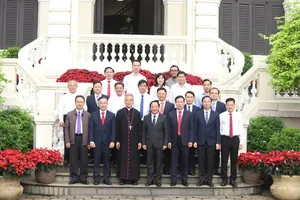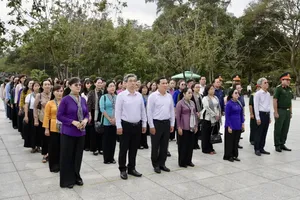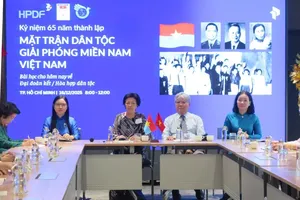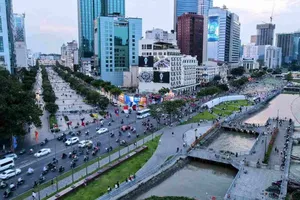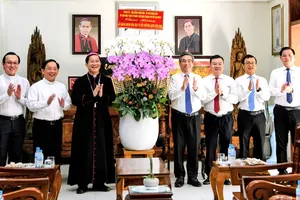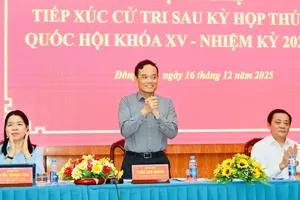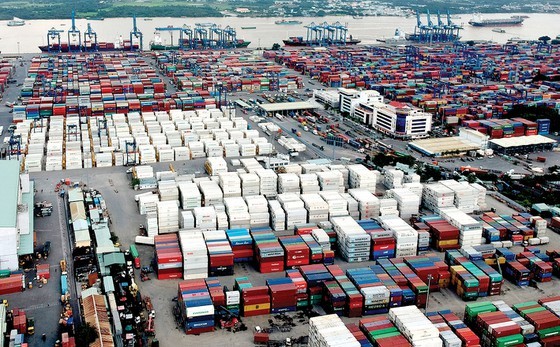
The statement was made Hoang Minh Tri, former head of the Institute of Urban Planning of HCMC in an interview with Sai Gon Giai Phong Newspaper.
According to Mr. Tri, the city has lots of advantages to develop into a human resource training center, for instance HCMC is home to many leading universities in the southern region as well as hi-tech parks and science and technology centers. The city is also a place for exchange and cooperation of many leading universities in the world.
In case of developing into a logistics center, the city will need a huge land fund for construction of warehouses, yard system and transport hubs. Aside from that a logistics center will need a huge number of workers. This development direction will worsen the ongoing overloading situation in the city and be no longer suitable with the city’s economic development direction approved by the Prime Minister at Decision 24 on January 06, 2010.
In the decision on adjusting the city’s common construction plan by 2025, general and specialized centers in commerce, service, education, health, culture and sports of the southern region will be arranged and formed in HCMC. The city will develop environmentally friendly industries with modern technologies, high scientific content and added value and less use of unskilled workers.
Heading toward a logistics center, Ho Chi Minh City has advantageous condition with Tan Son Nhat International Airport and Cat Lai Seaport. Still the airport and seaport have been overloaded with surrounding traffic system being in the same situation. Goods increase and logistics operation will worsen the situation, raise transport fee and create pressure forcing the city to invest more in infrastructure system to ease the overloading.
For these reasons, HCMC should develop into a human resource training center to supply human resource for Cai Mep-Thi Vai seaport complex in Ba Ria-Vung Tau province and prepare manpower for airway logistics operation at Long Thanh Airport once it is built.
When interregional traffic system is done with Ring Road No.3, Ring Road No.4, Ben Luc-Long Thanh-Dau Giay Expresssway along with bridges spanning over the Saigon and Dong Nai river, goods from the Mekong Delta will be able to travel straightly to Long Thanh Airport and Cai Mep-Thi Vai seaport complex without transiting HCMC as present.
In response to reporters’ concern that revenue from export import activities through Cat Lai and Tan Son Nhat account for a big ratio in the total revenue of HCMC, Mr. Tri said that if all costs which the city must pay for traffic investment for the smooth operation of Cat Lai and Tan Son Nhat and environment damage are fully calculated, that will be a huge number.
It costs tens of thousands of billion dong to build My Thuy intersection to solve traffic congestion in Cat Lai Seaport or hundreds of billions of dong to build a flyover to ease congestion in Tan Son Nhat Airport. Moreover traffic jam and environmental pollution have reduced the living quality of residents and negatively impacted investment attraction to the city.
Investment in commerce, service, education and health with modern technologies, high scientific content and added value and less use of unskilled workers suit the city’s direction of developing into a smart city in the Industry 4.0 era.

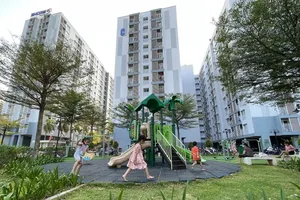

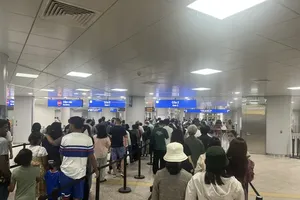
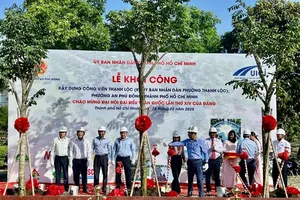
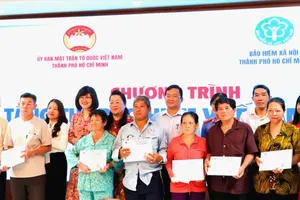
)

